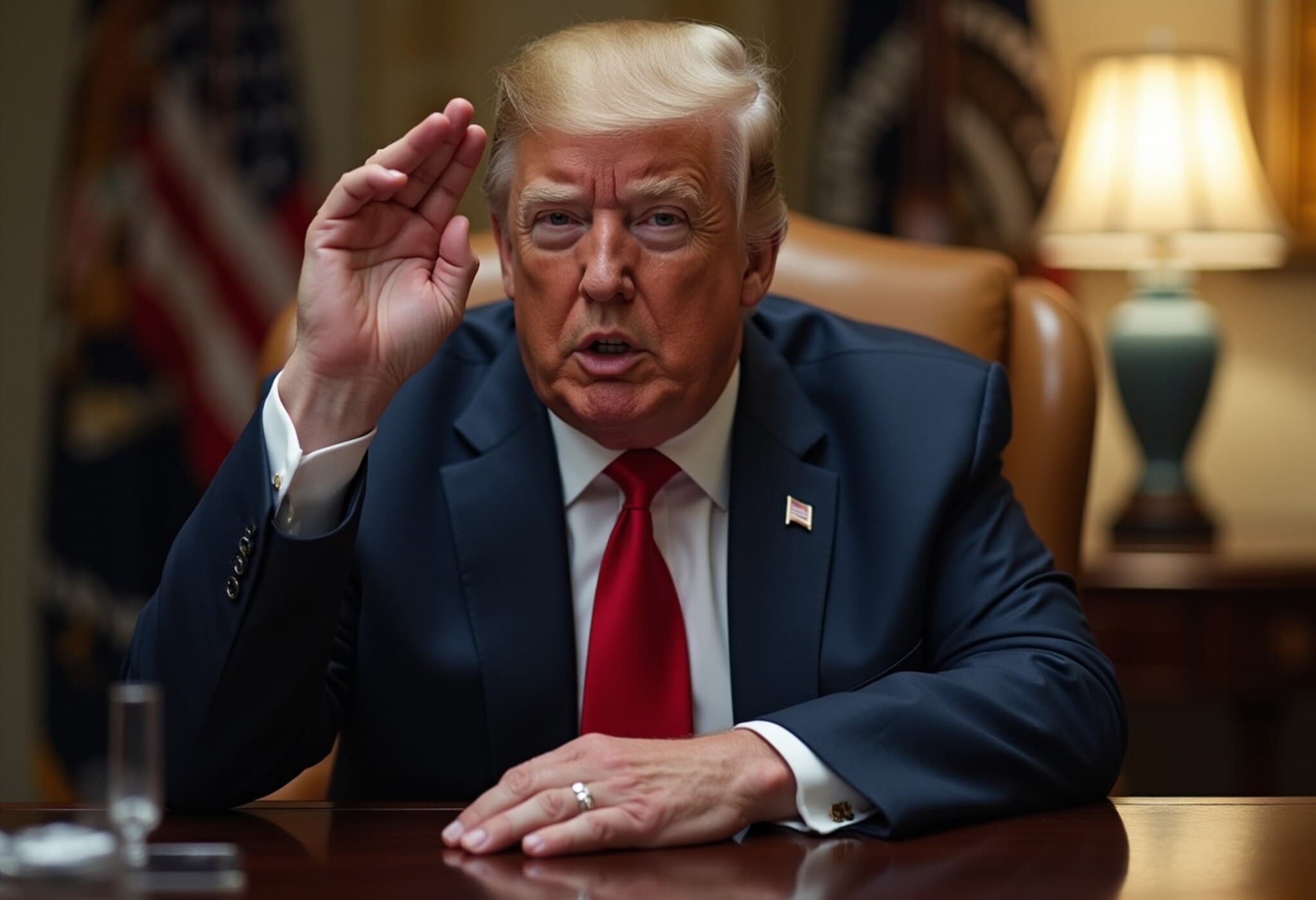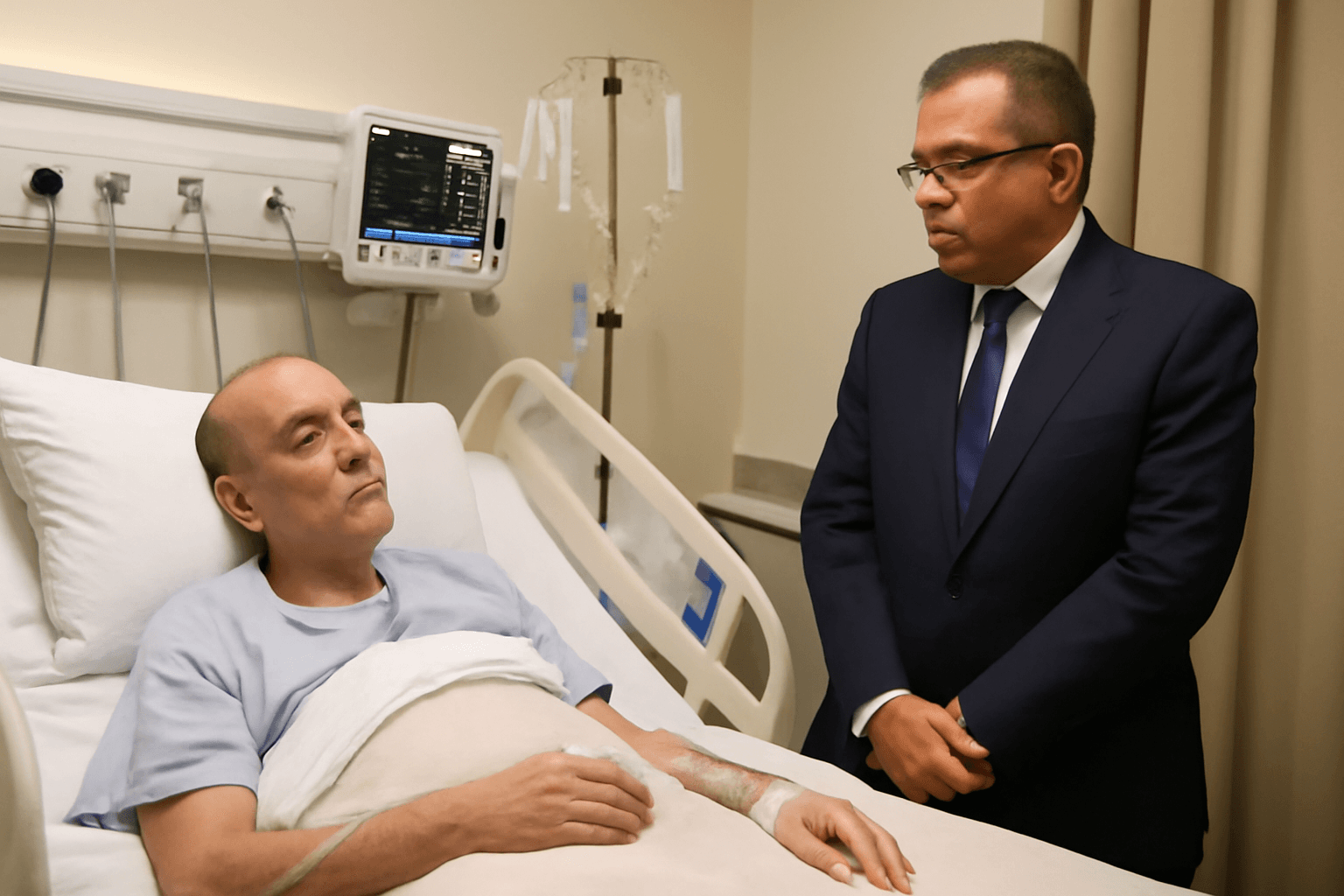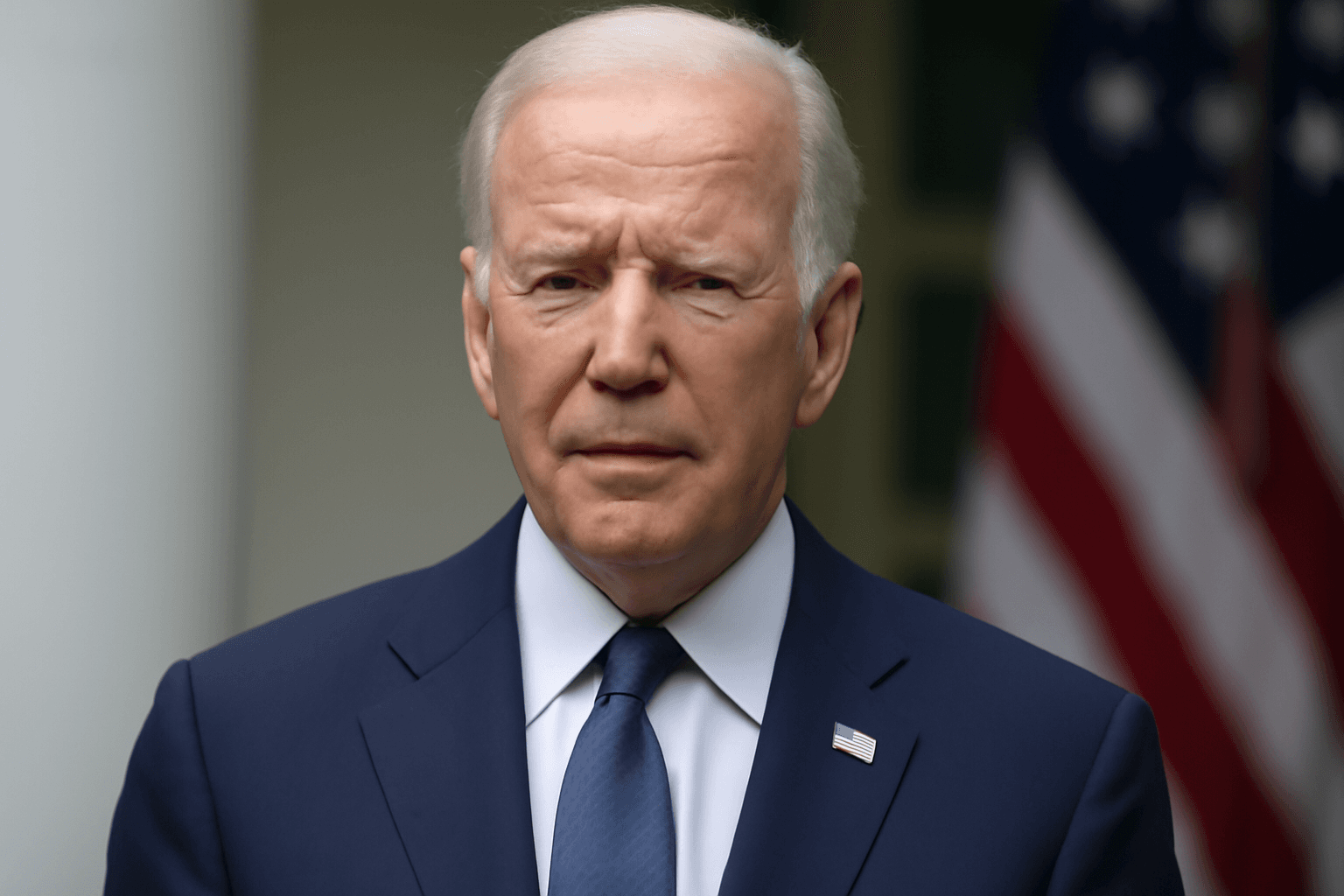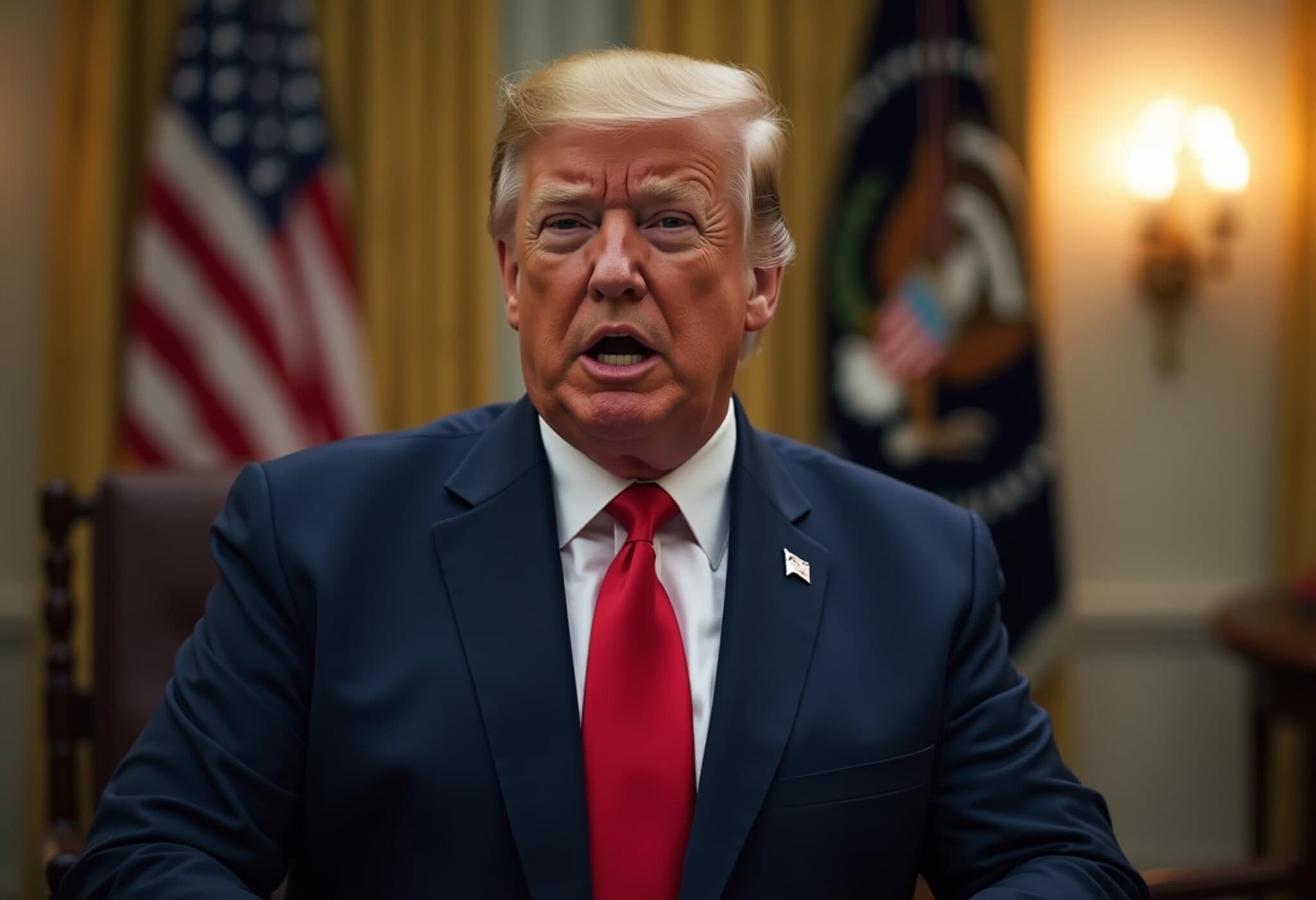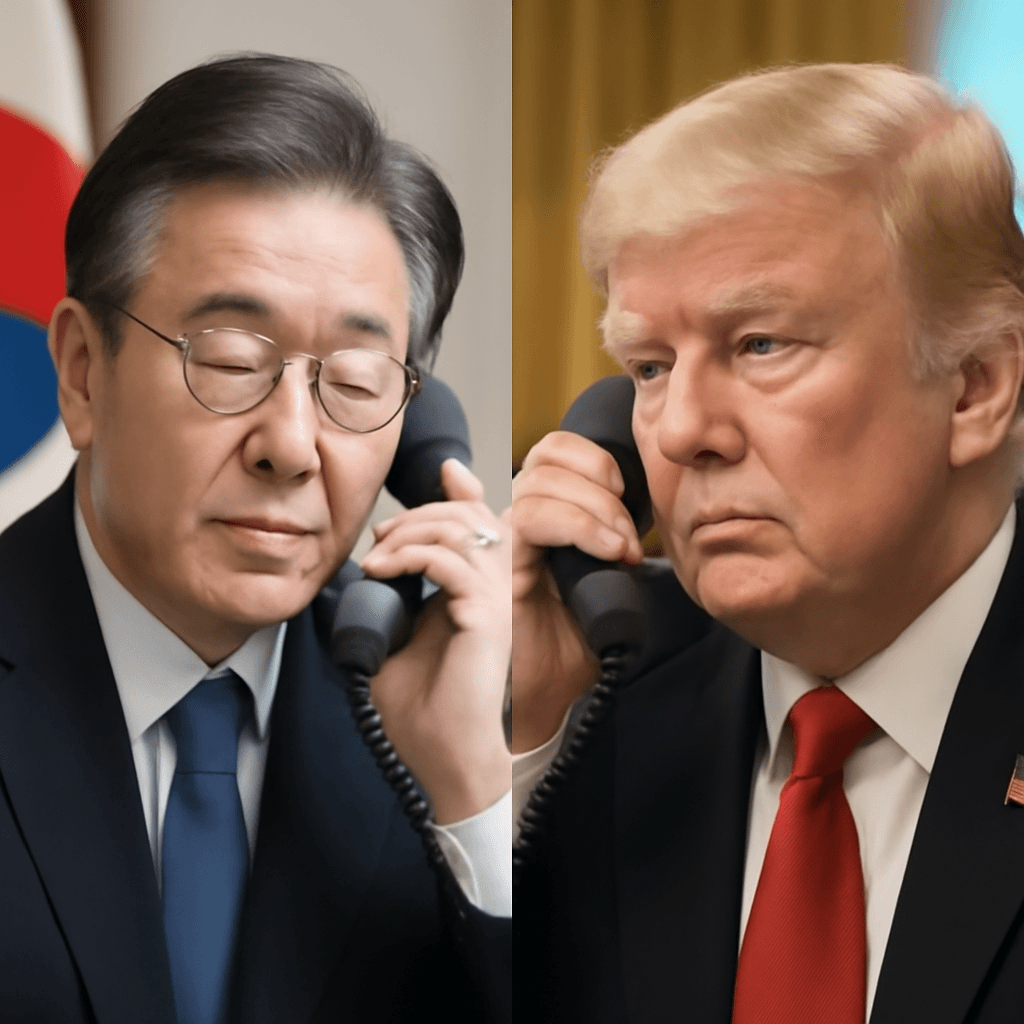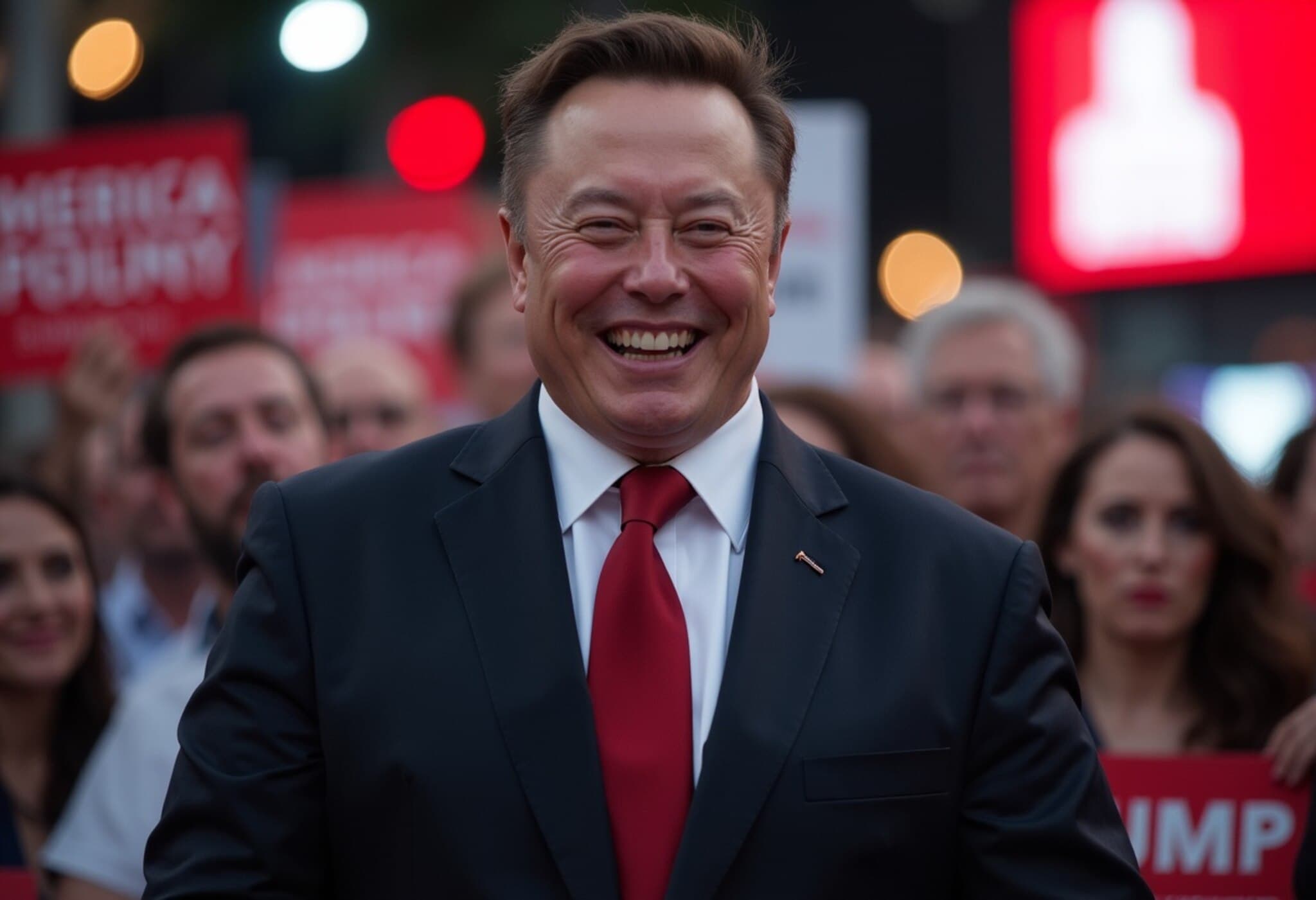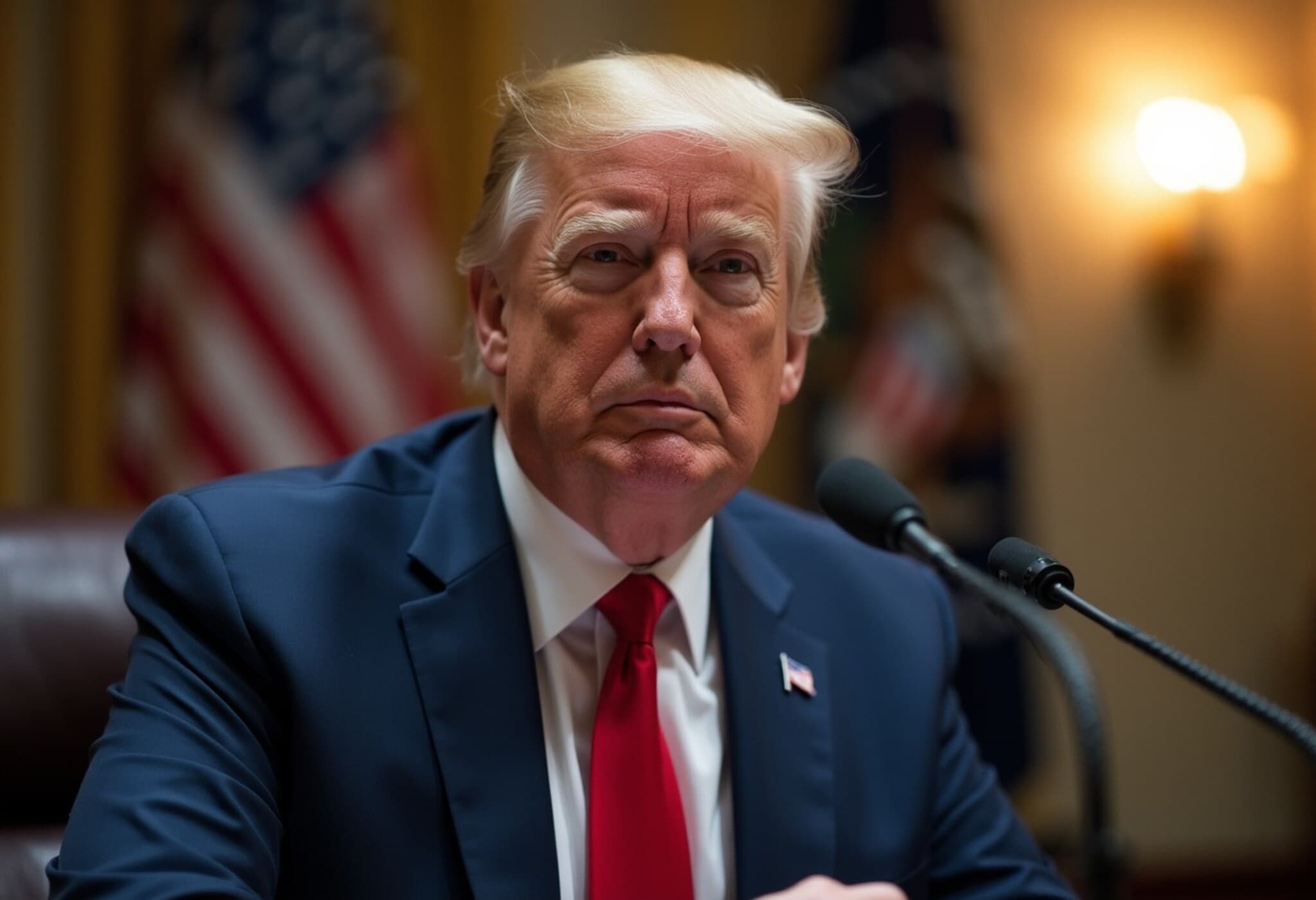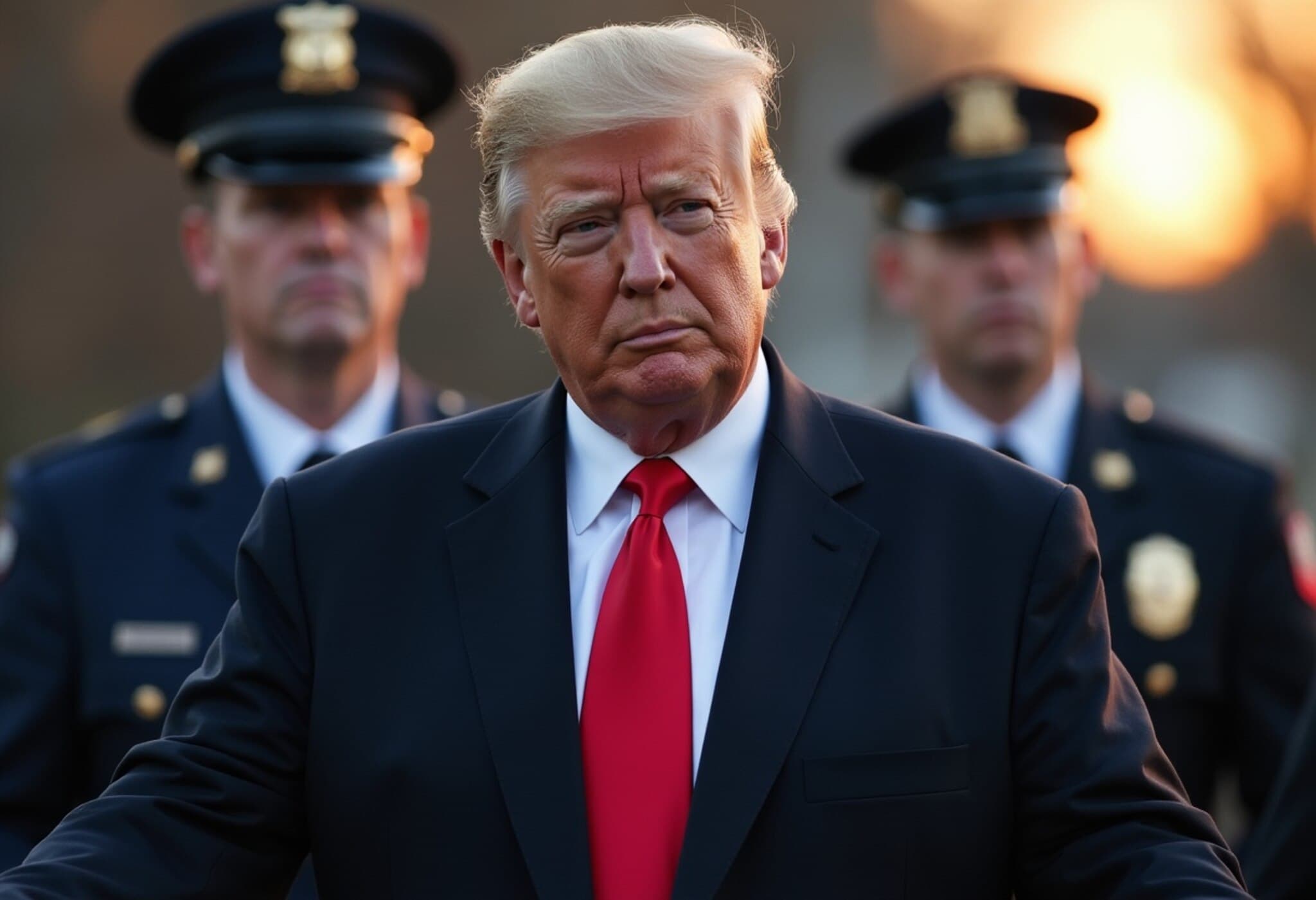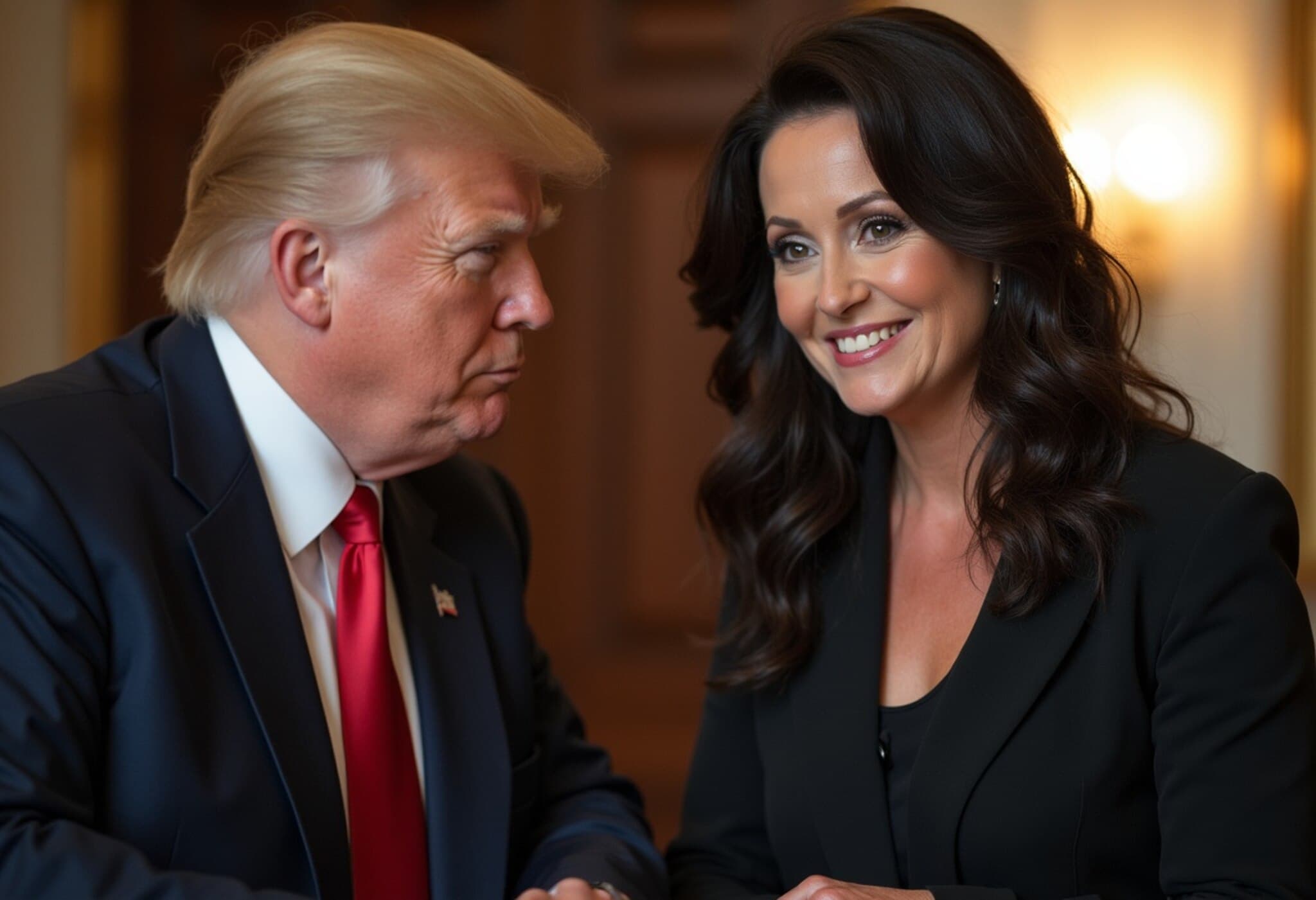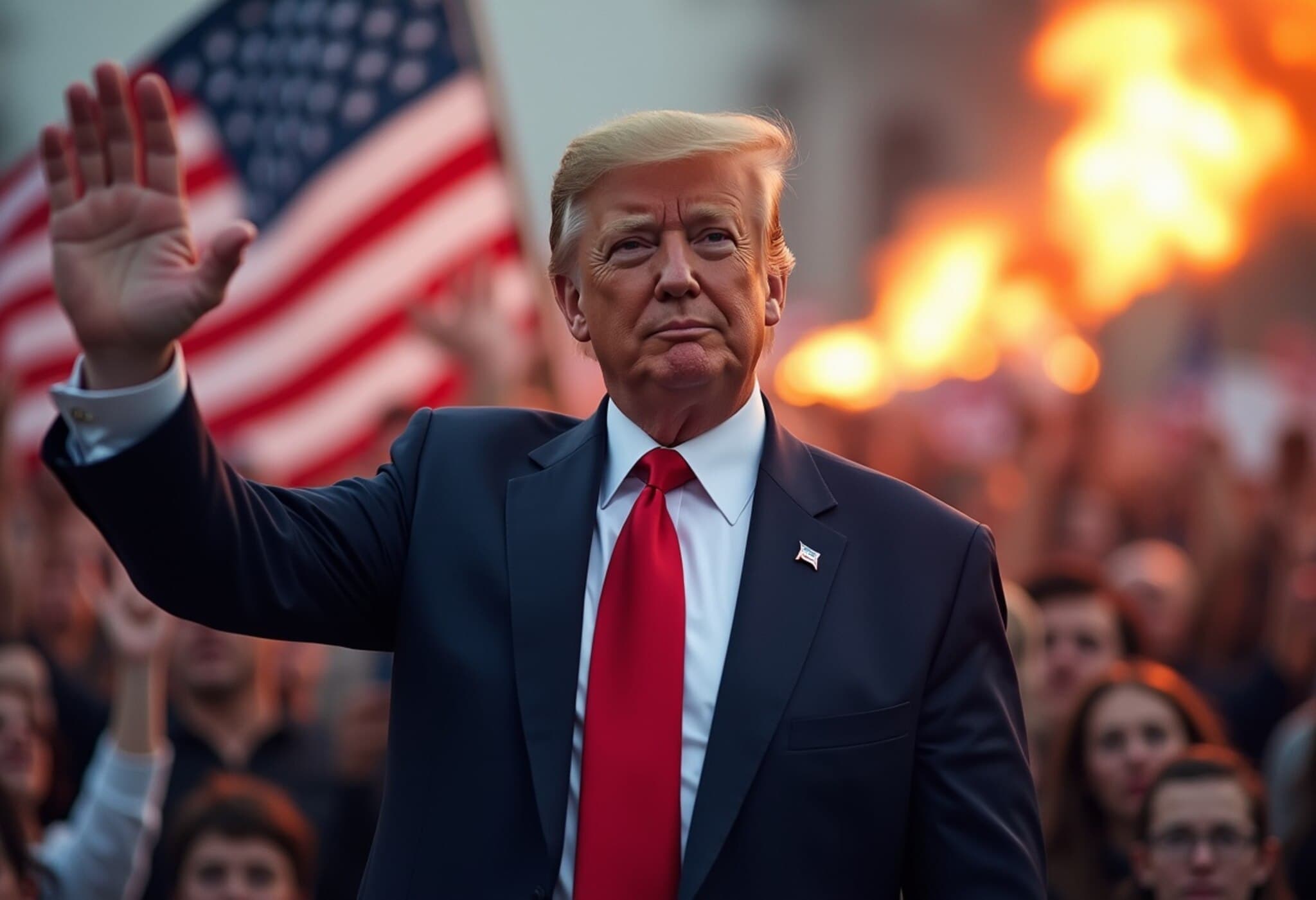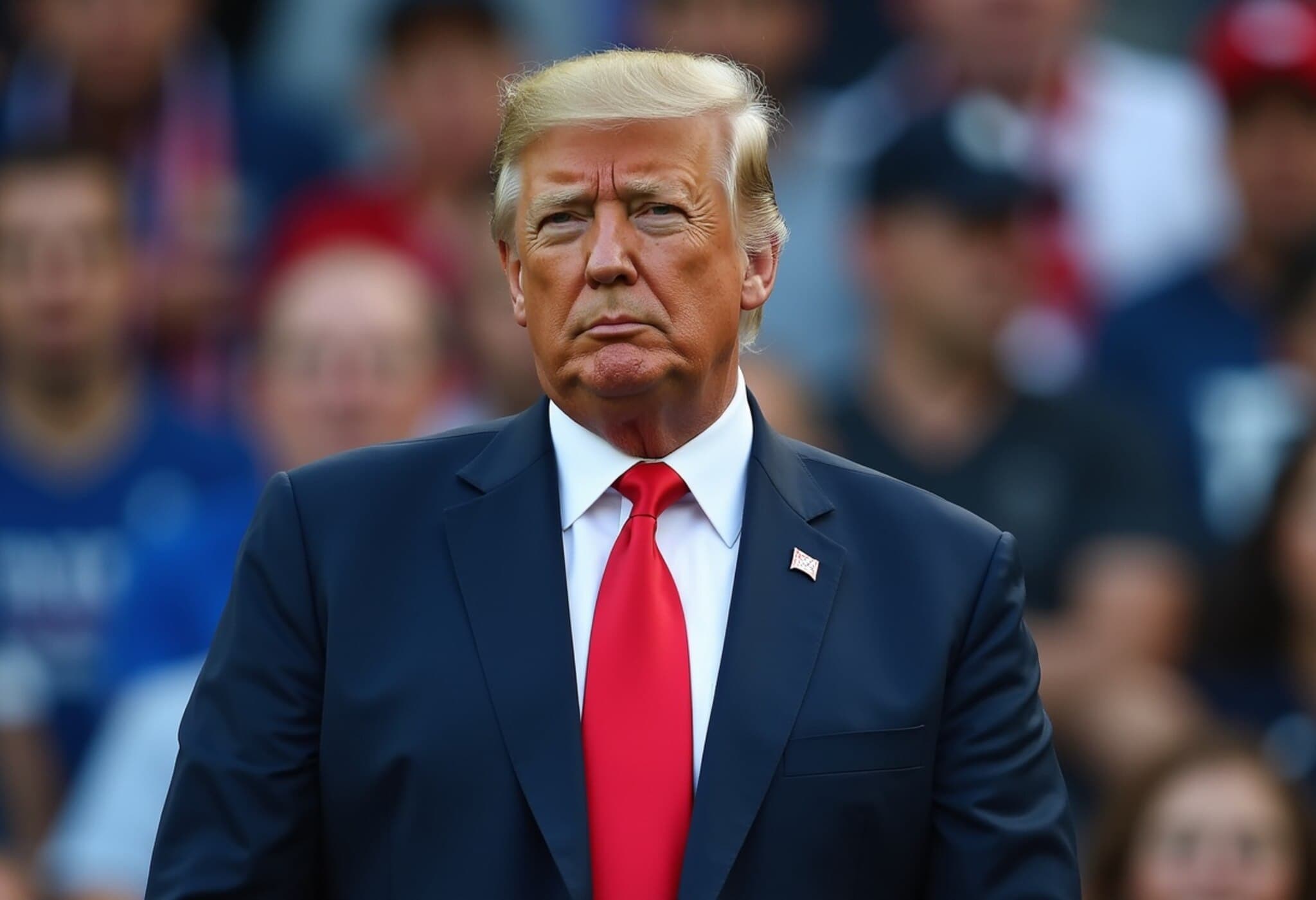White House Confirms President Trump's Chronic Venous Insufficiency Diagnosis
On July 17, 2025, the White House addressed widespread public speculation surrounding President Donald Trump’s visibly swollen ankles and bruised hands by announcing his diagnosis with chronic venous insufficiency (CVI). This vascular condition, which affects blood flow in the veins, particularly in the legs, is a common ailment that becomes more prevalent with age.
Understanding Chronic Venous Insufficiency and Its Symptoms
Chronic venous insufficiency occurs when the veins struggle to return blood from the lower extremities back to the heart efficiently, causing fluid buildup and swelling. Symptoms often include:
- Swollen legs and ankles
- Varicose veins
- Discomfort and aching sensations
- In some rare cases, slow-healing ulcers on the legs
The White House physician, Dr. Sean P. Barbabella, conveyed that President Trump, 79, noticed mild swelling in his lower legs. This prompted a thorough medical evaluation aimed at ruling out more serious conditions such as deep vein thrombosis (DVT) or arterial diseases. According to Dr. Barbabella's memo, all diagnostic tests — including blood work and an echocardiogram — returned within normal limits, and no signs of heart failure or kidney issues were found.
Expert Perspectives: What Does This Mean for the President’s Health?
Dr. Jeremy Faust, assistant professor of emergency medicine at Harvard Medical School, commented, "This diagnosis is fairly typical among older adults, especially in individuals with overweight or obesity issues, which has been part of President Trump's health profile. While not alarming, it rightly warranted evaluation to exclude more serious problems."
Cardiologist Dr. Bernard Ashby further highlighted the importance of identifying the underlying cause of venous insufficiency. "Venous insufficiency itself might be benign, but sometimes it signals increased pressure in the heart or lungs, possibly linked to conditions like sleep apnea. Comprehensive cardiovascular monitoring is essential," he said.
Addressing the Bruising: Handshakes and Aspirin
The bruises seen on the back of President Trump’s hands have also raised curiosity. Press Secretary Karoline Leavitt explained that the minor bruising was consistent with frequent handshaking — a staple of political life — compounded by aspirin use. Aspirin, commonly prescribed as a preventive measure against cardiovascular events, can thin the blood slightly and increase bruising tendencies.
Dr. Barbabella’s detailed statement reaffirmed that these superficial markings were benign and part of the president’s routine activities combined with his medication regimen.
Implications and Context: Aging, Leadership, and Public Transparency
At age 79, President Trump is set to become America’s oldest sitting president in his second term, magnifying public scrutiny of his health. Chronic venous insufficiency, affecting roughly 10 to 35 percent of adults in the U.S., especially seniors, is rarely life-threatening but an indicator of venous system health that merits attention. The White House’s transparent disclosure aims to reassure the public and preempt misinformation.
This episode serves as a reminder of the intricate balance between personal privacy, public interest, and the health realities faced by leaders in advanced age.
Looking Ahead: Monitoring and Managing CVI in Public Figures
Managing chronic venous insufficiency typically involves lifestyle adjustments such as regular exercise, weight management, compression stockings, and medical monitoring. For political figures like President Trump, continuous transparent updates regarding health can bolster public confidence.
Medical experts advocate for regular cardiovascular assessments to ensure that this benign condition does not mask more serious systemic concerns.
Editor’s Note
The White House disclosure of President Trump’s chronic venous insufficiency draws attention to an often overlooked but common vascular condition. While the diagnosis itself is not cause for alarm, it underscores broader questions about the health and stamina required of senior leaders in demanding roles. It also touches upon the delicate interface of medical privacy and public accountability. For Americans and observers worldwide, this serves as both reassurance and a prompt to consider the complexities of aging leadership in the 21st century.

